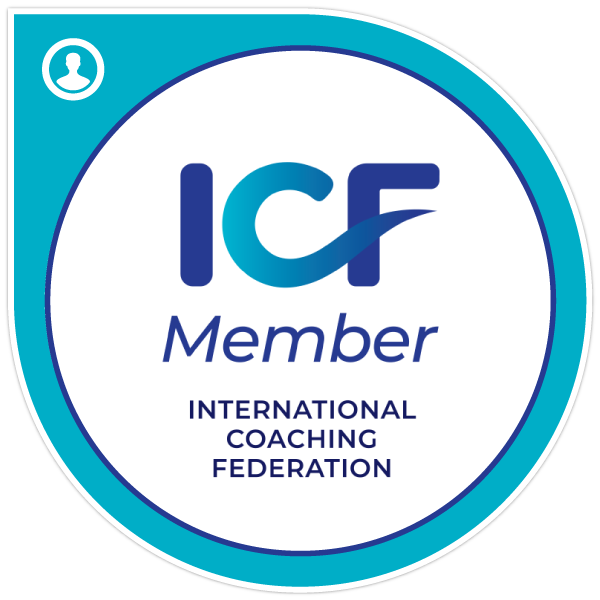Company Perks Are Not the Same as Company Culture
Rich Baron • March 29, 2024
Perks don't care if your employees are engaged or not
When you think of great company culture, you might envision state-of-the-art campuses with on-premises gyms, ping-pong tables and free catered lunches with a gourmet coffee bar. If this is how you envision good organizational culture, you wouldn't be alone. All these things are nice to have, but do these perks make a strong company culture? The simple answer is no.
The business world has conflated "perks and benefits" with "good company culture," with the assumption that perks are culture. While perks make for a nice bonus, they don’t matter if your employees hate how they feel at work.
Laying the Foundation
While amenities and perks can contribute to a positive work environment, a strong company culture goes beyond these superficial benefits. A truly strong company culture is built on values, beliefs, and behaviors that drive collaboration, innovation, and employee satisfaction. In short, good culture starts with a strong foundation. It is about fostering a sense of belonging, trust, and shared purpose among employees.
Some key components of a strong company culture include:
1. Clear values and mission:
A strong company culture is rooted in a clearly defined set of values and a compelling mission that employees can rally behind. This helps to create a sense of purpose and direction for everyone in the organization.
2. Employee engagement:
A strong company culture prioritizes employee engagement and feedback. It creates opportunities for employees to voice their opinions, contribute ideas, and participate in decision-making processes.
3. Transparent communication:
Open and honest communication is essential for a strong company culture. Transparent communication helps to build trust, foster collaboration, and ensure that everyone is on the same page.
4. Continuous learning and development:
A strong company culture values ongoing learning and development. It provides opportunities for employees to grow and develop their skills, and encourages a culture of continuous improvement.
5. Diversity and inclusion:
A strong company culture celebrates diversity and fosters an inclusive environment where employees from all backgrounds feel valued and respected.
Ultimately, a strong company culture is about creating a positive work environment where employees feel engaged, motivated, and supported. Culture is truly about the mindsets that are ingrained in the organization. It’s about how employees treat each other, the level of trust and communication within the company, and the overall sense of belonging and purpose. Company culture is what ultimately drives employee satisfaction, engagement, and productivity.
Some companies have a reputation for offering over-the-top perks in a bid to stand out from the competition and attract talent. While a game room for your employees or nap pods throughout the office may attract attention, employees are looking for perks that really matter to them and reflect their values. Listening to your employees can help your organization determine what they truly want from you.
Perks Done Right
Perks can help culture, and it's worth investing in the key perks that matter to employees, such as their health and the ability to be themselves at work. Wellbeing at work is about optimizing both mental and physical health, making your employees feel well-rounded and refreshed.
One such company that has truly excelled in the use of perks for the wellbeing of their employees is UFirst Credit Union in Salt Lake City, Utah. A colleague of mine, Dr. Mike Smith, and I had the recent privilege of working with CEO, Jack Buttars, and his executive team. All of whom have been with UFirst CU for several years. Each of them recounted how in their early years with the organization, they did not know from day to day if they would still have a job. One of the team even kept a cardboard box in their office so they could pack up their belongings in a hurry. The culture was toxic, the leadership was toxic, and there was a level of uncertainty and fear about their futures.
Because of their individual experience with the early years with this organization, they have collectively dedicated a significant amount of time to ensure the culture is one that is free from the concerns and fears that they personally experienced. After meeting with several of the employees, I can attest that the culture is one of engaged, dedicated people. As we toured the corporate office with Jack, each employee was greeted by name, and in turn, Jack was greeted with genuine enthusiasm as well. Not with the fear, or anxiety that I have witnessed in other organizations, but one of genuine respect and appreciation.
Now let’s talk about the perks and amenities at UFirst CU. I have toured several companies and very few have the perks, benefits, and amenities that UFirst has invested in. Each of the areas that we were shown had been developed and created around the wellbeing of their employees. Workspaces, break areas, healthy snack and food options, places to gather, the list goes on. UFirst CU is truly an example of a culture first organization where the perks have been put in place for their employees, not in lieu of culture, but a part of it designed for the well-being of the employees.
So, what types of perks can be beneficial to an already well-established culture. The following is a short list of perks and benefits that can truly sustain employee wellbeing:
1. Celebrating achievements:
Recognizing and celebrating individual and team accomplishments, milestones, and successes can boost morale and create a culture of appreciation and recognition. Acknowledging employees' hard work and accomplishments can boost morale and motivation. This can be through verbal praise, awards, or even simple gestures like a thank you note.
2. Flexible work arrangements:
Offering flexibility in work hours or remote work options can help employees manage their work-life balance better, leading to increased satisfaction and morale.
3. Professional development opportunities:
Providing employees with opportunities for learning and growth can make them feel valued and invested in their careers, boosting morale. This can include training programs, seminars, workshops, or even educational reimbursements.
4. Wellness programs:
Implementing wellness initiatives like fitness classes, mental health resources, or healthy snacks in the office can improve employees' overall well-being and morale.
5. Team building activities:
Organizing team-building events can strengthen relationships among coworkers, improve communication, and create a more positive work environment.
6. Incentives and bonuses:
Offering performance-based bonuses or incentives can motivate employees to work harder and achieve their goals, ultimately boosting morale.
7. Supportive management:
Having supportive and approachable managers who listen to and appreciate their employees can make a significant impact on morale. Open communication and a positive working relationship between managers and their team members can create a more positive work culture.
8. Opportunities for advancement:
Providing clear paths for career progression and growth within the organization can motivate employees to work towards their goals and increase morale.
9. Work-life balance initiatives:
Offering benefits such as paid time off, parental leave, or flexible scheduling can help employees manage their personal and professional lives, leading to higher morale.
10. Employee appreciation events:
Hosting events or activities to show appreciation for employees, such as a company picnic, holiday party, or a team outing, can boost morale and strengthen the sense of belonging within the organization.
To truly build a positive company culture, leaders must focus on fostering open communication, providing opportunities for growth and development, recognizing great talent, celebrating achievements, and creating a supportive and empathetic work environment. These elements are essential for creating a culture where employees feel valued, respected, and motivated to do their best work.
Wrapping Up
While perks and benefits can enhance the employee experience, they are not the foundation of a strong company culture. To create a positive and thriving work environment, organizations must prioritize building a culture that is based on trust, respect, and genuine care for their employees.
By focusing on creating a positive company culture, organizations can cultivate a sense of community, loyalty, and engagement among employees. This, in turn, can lead to higher employee retention rates, increased productivity, improved teamwork, and ultimately, greater business success.
So, while perks and benefits are nice to have, they are not the key to building a truly great company culture. However, if the culture is toxic, and the engagement level of the employees is non-existent, the senior team can take turns at the ping-pong table while sipping on the gourmet coffee before deciding who gets to turn the lights off. Think about it!
Are you interested in great organizational culture? Reach out to me here.
About the Author
Rich Baron serves as the Chief Operating Officer and Director of the Global Coaching Project at John Mattone Global, where he also holds the title of Master Certified Intelligent Leadership Executive Coach. With over 30 years of rich experience in cultural transformation, operational leadership, executive roles, and coaching leaders at every level—from emerging talents to seasoned CEOs—Rich has a demonstrated track record of success.
Rich co-hosts "Mainline Executive Coaching ACT," a podcast that is recognized by Feedspot as the leading Executive Coaching Podcast worldwide. The podcast's acclaim is based on an evaluation of numerous factors, including web traffic, social media followers, and timeliness. It boasts an impressive following in more than 85 countries and over 850 cities globally.




